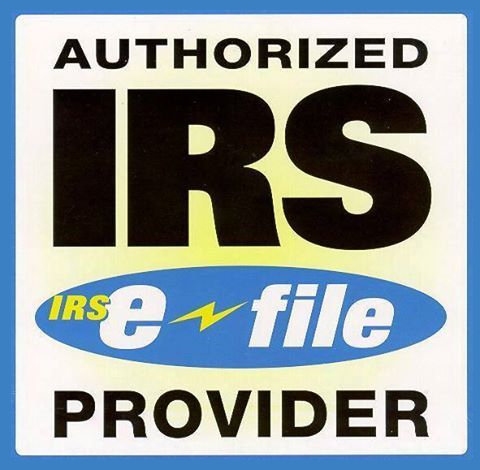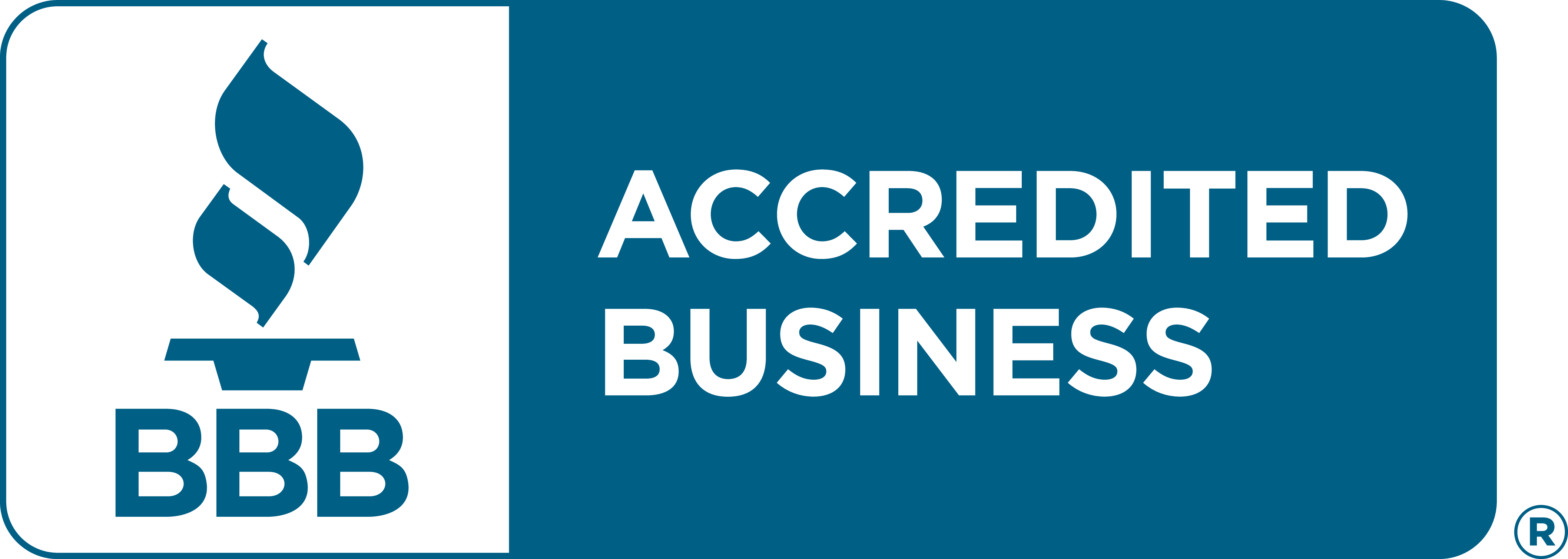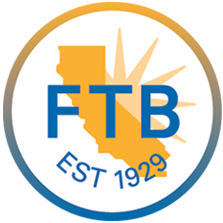IRS Form 1125-A Cost of Goods Sold (COGS)
Excise Tax Forms
Employment Tax Forms
Information Returns
Exempt Org. Forms
Extension Forms
FinCEN BOIR
General
Learn everything you need to know about IRS Form 1125-A, including who must file, how to calculate COGS, and how to attach it with your S Corporation return (Form 1120-S).
What Is IRS Form 1125-A?
IRS Form 1125-A, Cost of Goods Sold, is used by corporations, S corporations, and partnerships to report the direct costs associated with producing or purchasing goods that were sold during the tax year.
It is filed along with IRS Form 1120-S when your S Corporation reports income from selling goods.
If your business maintains an inventory of products, raw materials, or parts, you’re required to complete Form 1125-A and attach it to your main tax return (such as Form 1120, 1120-S, or 1065).
Form 1125-A helps determine the Cost of Goods Sold (COGS), which is subtracted from your gross receipts to calculate your gross profit—a critical figure for determining taxable income.
Who Must File Form 1125-A?
Form 1125-A is mandatory for businesses maintaining physical inventory for resale or production of goods, including:
You must file Form 1125-A if:
- Your business produces goods or purchases goods for resale, and
- You maintain an inventory during the tax year.
Entities required to complete this form include:
- C Corporations filing Form 1120
- S Corporations filing Form 1120-S
- Partnerships filing Form 1065
Service-based businesses that don’t maintain an inventory (like consultants, designers, or marketing agencies) don’t need to file Form 1125-A.
Filing Deadlines for Form 1125-A
The deadline for submitting Form 1125-A depends on the filing due date of the main return it’s attached to:
- C Corporations (Form 1120): April 15, 2026
- S Corporations (Form 1120-S): March 16, 2026
- Partnerships (Form 1065): March 16, 2026
If you need more time, you can file an extension using Form 7004 before the original due date.
Purpose of Form 1125-A
- Provides a clear computation for deducting the cost of goods sold, which directly affects taxable income and gross profit reporting.
- Ensures businesses accurately comply with IRS inventory and cost capitalization rules, such as Section 263A.
Step-by-Step Guide to Form 1125-A Completion
Below is a line-by-line breakdown with key details for each section:
| No | Title | Explanation |
|---|---|---|
| 1 | Inventory at Beginning of Year | Enter inventory value at start of the tax year. If changing inventory methods, attach details. |
| 2 | Purchases | Report all purchases made for inventory during the year, reduced by personal-use withdrawals. |
| 3 | Cost of Labor | Total wages and production labor costs attributed directly to creating goods for sale. |
| 4 | Additional Section 263A Costs | Enter costs required by Section 263A capitalization not included elsewhere (attach schedule). |
| 5 | Other Costs | Document any other direct costs (e.g., freight, storage) not previously listed (attach schedule). |
| 6 | Total | Enter costs required by Section 263A capitalization not included elsewhere (attach schedule). |
| 7 | Inventory at End of Year | Enter end-of-year inventory value, validated by accurate, up-to-date records. |
| 8 | Cost of Goods Sold | Subtract ending inventory (line 7) from total costs (line 6) to determine COGS. |
| 9 | Reserved for future use | Leave blank unless IRS provides future instruction. |
All supporting schedules (typically for lines 4 and 5) must be attached to clarify additional cost entries.
Example Calculation Method
The basic COGS formula used for Form 1125-A is:
Cost of Goods Sold = Beginning Inventory + Purchases + Direct Costs − Ending Inventory
For example, if beginning inventory is $200,000, ending inventory is $100,000, and direct costs incurred total $50,000, COGS would be $150,000.
Required Documentation
- Accurate inventory valuation (beginning and end of year).
- Records of purchases, labor costs, freight, and other direct expenses.
- Details for Section 263A capitalized costs (when applicable).
- Schedules for other costs, if needed.
Common Pitfalls and Penalties
Failing to file Form 1125-A when required or submitting unsubstantiated entries may result in:
- Financial penalties.
- Additional IRS scrutiny or audits.
- Incorrect taxable income calculation and potentially increased liability.
Key Tips for Compliance
- Maintain thorough records of inventory, purchases, and production costs throughout the year.
- Attach all supporting schedules required by IRS instructions.
- Review IRS updates each year for changes to methods, deadlines, or additional documentation needs.
- Seek professional tax counsel when implementing new accounting methods or if COGS calculation is complex.
Frequently Asked Questions (FAQs)
1. Do all businesses have to file Form 1125-A?
No. Only businesses that sell or produce physical goods and maintain inventory must file it.
2. What inventory valuation methods are accepted by the IRS?
You can use FIFO (First-In, First-Out), LIFO (Last-In, First-Out), or the cost method, as long as it’s applied consistently each year.
3. Can I e-file Form 1125-A separately?
No. Form 1125-A is filed as part of your main business tax return (Form 1120, 1120-S, or 1065). When you e-file your return with TaxZerone, Form 1125-A will be automatically included.
4. What happens if I forget to file Form 1125-A?
If you fail to include it when required, your return could be considered incomplete, and your reported gross income may be questioned by the IRS.
5. Can service-based businesses file Form 1125-A voluntarily?
No, the form only applies if your business maintains inventory. Service-only entities should not file it.












